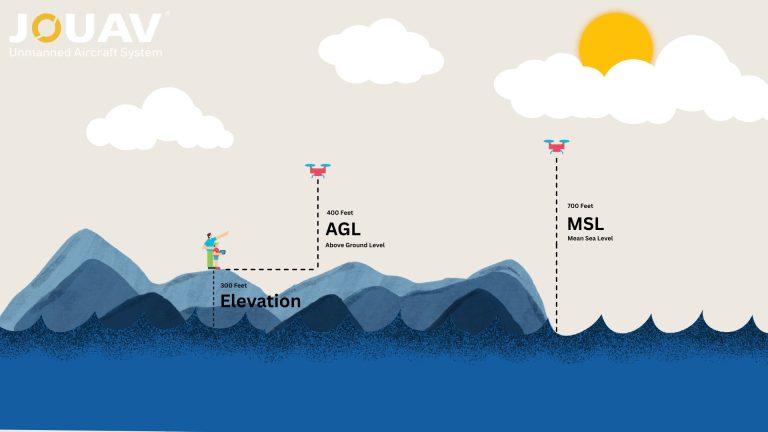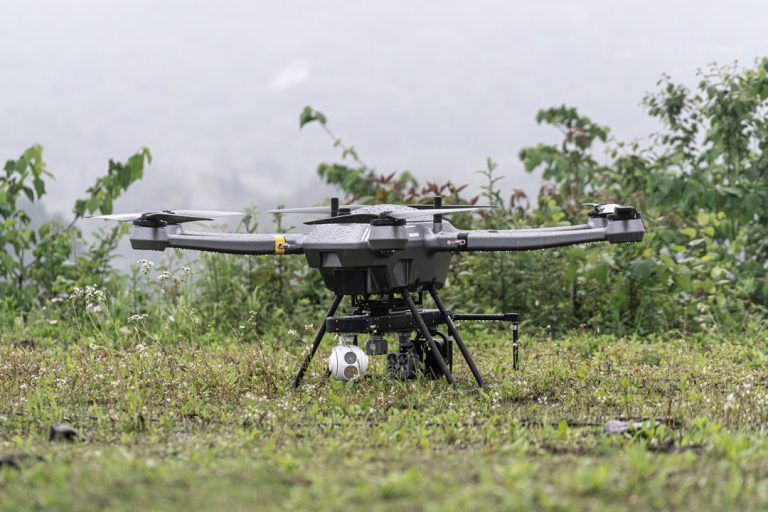Wildlife Game Counts: Methods, Challenges, and Drone Solutions
Game counting is crucial for monitoring wildlife populations and making informed decisions about conservation.
In Africa's large reserves, where biodiversity is high and habitats are expansive, the knowledge of animal numbers and movements helps protect endangered species and manage ecosystems sustainably.
Traditional counting methods, such as on-foot surveys or aerial counts, are often prohibitively expensive and limited in scope.
But with the increasing development in drone technology, especially for long-range drones with AI and high-resolution cameras, game counting is becoming more efficient and the process of game counting is becoming more efficient and accurate.
The article will look at some of the basics of game counting, its challenges, and how drones are making a difference in wildlife monitoring.
Let's get started!
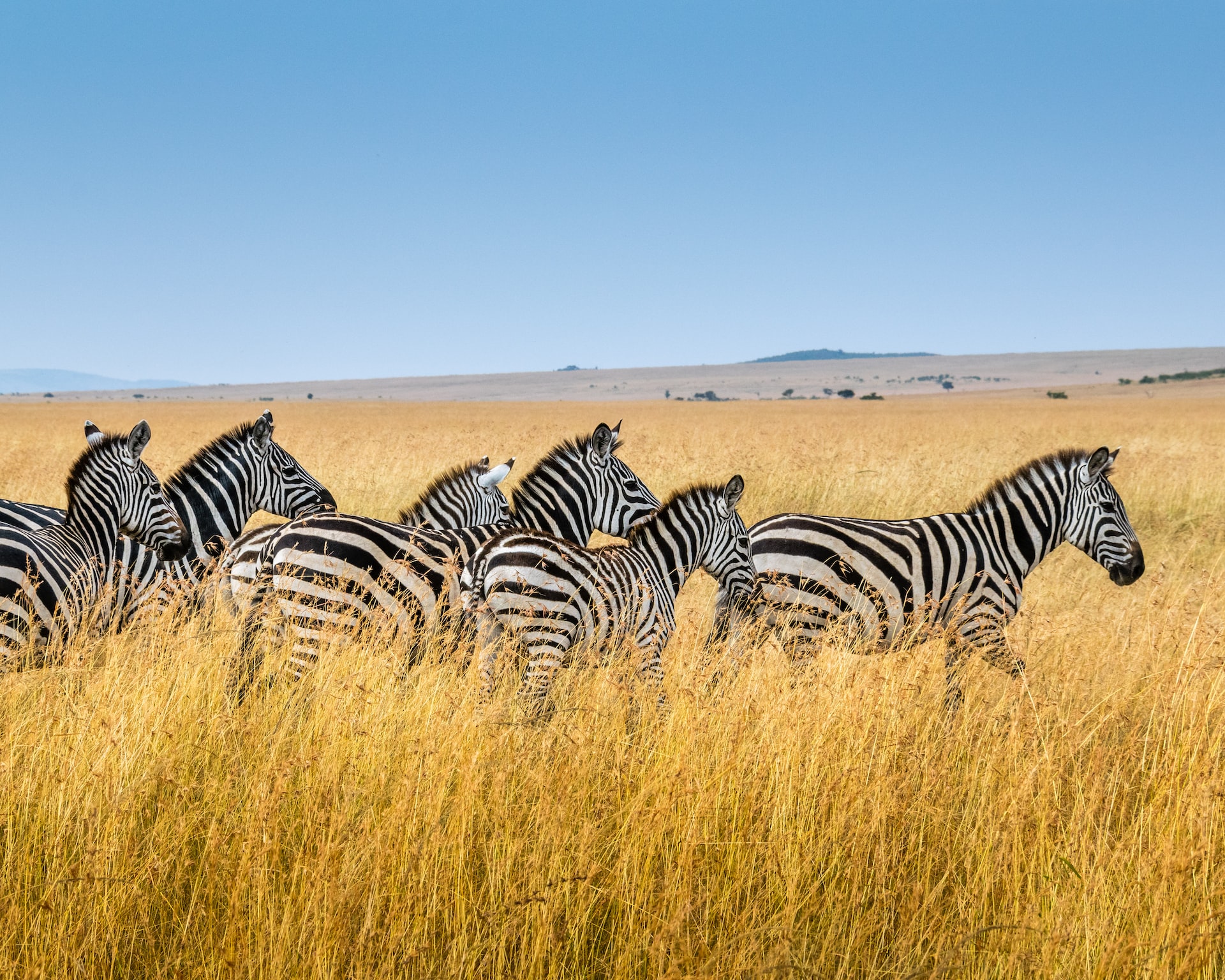
What is a Game Count?
A game count, also called a game census, is a systematic method used to estimate wild animal populations in a given area, such as a game ranch or protected reserve.
It then becomes an essential tool for good game management as it gives a clear snapshot of animal numbers and distribution, and habitat conditions at any given time.
Counts also aid managers in establishing time-series trends, assessing ecosystem health, and making informed decisions in the balance of animal populations against carrying capacity.
Ecological and demographic information from game counts includes:
- Population Size and Density: Overall number of animals per species and their density within the habitat.
- Spatial Distribution: Preferred areas of each species where some may thrive while others decline. This helps to point out the overgrazed areas as well as those little utilized.
- Trend in Population Dynamics: Increases or decreases in certain species over time, showing ecological changes.
- Sex and Age Ratios: Indicators of herd health and reproductive potential; for example, balanced ratios support sustainable populations.
- Habitat Health: Identification of problem areas, such as degraded vegetation or lack of water, that affect wildlife survival.
- Behavioral Observations: Signs of stress, disease, or predation risks within populations.
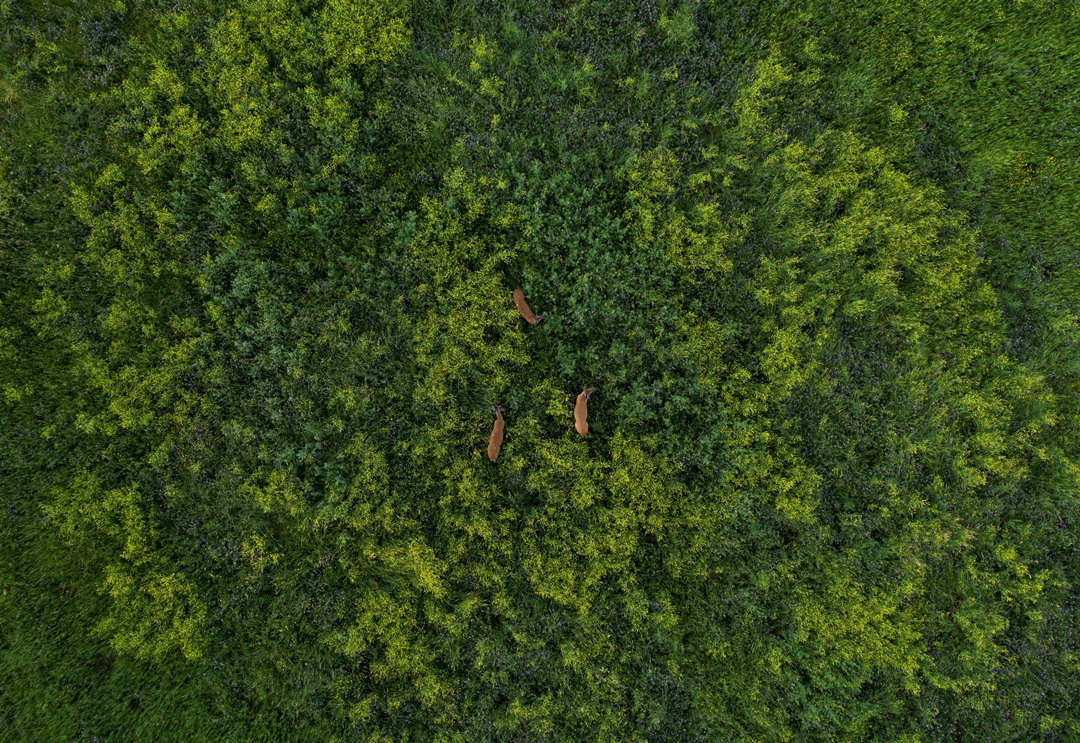
Importance of Game Counting
Why are we putting so much effort into all this counting of animals? Well, it has to do with the bigger picture: wildlife conservation, ecosystem management, and sustainable game farming.
- Monitoring Wildlife for Conservation – Tracking animal numbers helps identify species at risk, thereby facilitating timely interventions such as habitat restoration or predator control.
- Informing Management Decisions – The outcome of game counts guides stocking rates, hunting quotas, species introductions, and relocations for maintaining ecological balance.
- Impact Assessment – The populations of wildlife are an indication of changes in weather, poaching, and human presence. Game counts provide early warnings concerning changes in migration, habitat degradation, or decline in populations.
Game Count Techniques
Choose Between Total Counts and Sample Counts
Before diving into specific counting techniques, it’s important to distinguish between two primary approaches to obtaining wildlife population data:
| Aspect | Total Count | Sample Count |
| Definition | Attempt to count every individual in the entire study area. | Estimate total population by counting individuals in selected sample areas. |
| When to Use | Small, enclosed areas or focused single-species studies. | Large, open, or heterogeneous areas where full counts are impractical. |
| Advantages | Provides a complete (though minimum) estimate. | Cost-effective, quicker, and suitable for repeated surveys to track trends. |
| Limitations | Labor-intensive, expensive for vast areas, and may miss animals. | Assumes even distribution; accuracy depends on sample representativeness and size. |
| Cost | Higher, due to extensive field effort. | Lower, as only portions of the area are surveyed. |
| Repeatability | Can be less consistent if some areas are overlooked. | Generally more repeatable if the sampling design is consistent. |
Total counts involve attempting to count every individual within a specific area, providing a complete estimate of the population size.
However, this method is challenging to implement in large or open areas and may often underestimate the true number due to missed animals.
Conversely, sample counts estimate the total population by counting animals in a smaller, representative area.
This approach is more cost-effective and quicker than total counts but assumes that animals are evenly distributed throughout the area, which may not always be the case.
Detailed Game Counting Techniques
Once you’ve decided between a total or sample count approach, you can select from a range of techniques tailored to your objectives and field conditions. Below are the main methods used in game counting:
Aerial Game Counts
Aerial game counts are a popular method, often using helicopters or fixed-wing aircraft. In large areas, it's usually the only practical way to count games.
You might want to know that although it can be expensive, it's less time-consuming. For example, depending on terrain and species density, about one hour is needed to cover 2,000-3,000 hectares.
To get reliable results, use experienced pilots and game spotters. It's a professional job, not a family outing; avoid having non-counters on board as they can distract the counters.
Having more spotters leads to better results. A 6-seat fixed-wing plane or 4-seat helicopter is ideal as it allows for multiple observers per side.

Fly in S-shaped strips, preferably from E↔W. This minimizes sun glare on the counters. Oblique sunrays are best, while direct sunlight in the spotters' eyes results in poor visibility.
Also, it's important to be prepared to take notes and have necessary equipment like clipboards and spreadsheets on board.
Known Groups Technique
Some species, like wildebeest, zebra, and giraffe, form fairly constant groups.
By repeatedly monitoring these individual herds and recording the number of animals, sex ratios, and age classes, you can get an accurate count and understand their habitat preferences.
Take giraffes to a specific wildlife reserve. Rangers observed a group of giraffes regularly. Over months, they noted changes in the group's size and the appearance of young calves.
This helped in estimating the overall giraffe population in that part of the reserve and understanding their breeding patterns.
Road Strip Counts
A road strip count involves driving a vehicle along a selected network of roads. You can use your farm's existing roads, but make sure they meet certain criteria.
They should traverse areas representative of the entire habitat, have good game visibility, and there should be minimal hunting from vehicles.
For instance, on a 10,000-hectare farm, if you drive 20 km with an average visibility of 50 meters on each side of the road, you've surveyed about 200 ha.
By counting the animals in this area and using simple multiplication, you can estimate the population on the entire farm.

To ensure the accuracy of road strip counts, take precautions. Select roads that represent the farm's habitat types proportionally.
Repeatedly survey the same road and increase the sample size to get more accurate data. Conduct counts regularly, following the new moon when animal activity is high.
Spotlight Census Technique
This technique is similar to road strip counts but done at night using spotlights. It's great for detecting nocturnal animals. You can either drive around or stand at a fixed spot.
For example, in a wetland area, rangers used the spotlight census technique to count hippos and crocodiles. They noticed that the visibility and the count accuracy were different depending on the moon phase. By using the same method, spotlight strength, and shining distance each time, they were able to collect reliable data.
Before starting, decide whether to use a bright light with or without a red filter. Red filters are less disruptive for animals at night.
Waterhole Counts
Waterhole counts are useful for obtaining data on population demographics. By regularly and continuously counting games at a permanent waterhole, usually during the dry season and at full moon, you can get an idea of sex and age ratios.
Imagine a wildlife area where water is scarce. Rangers set up hides near a waterhole and conducted 24- to 48-hour counts. Through this, they were able to see how different age and sex groups of various species interacted around the water source.
However, this method has its downsides. It's time- and labor-intensive, and there's a risk of double-counting herds that concentrate around the waterhole.
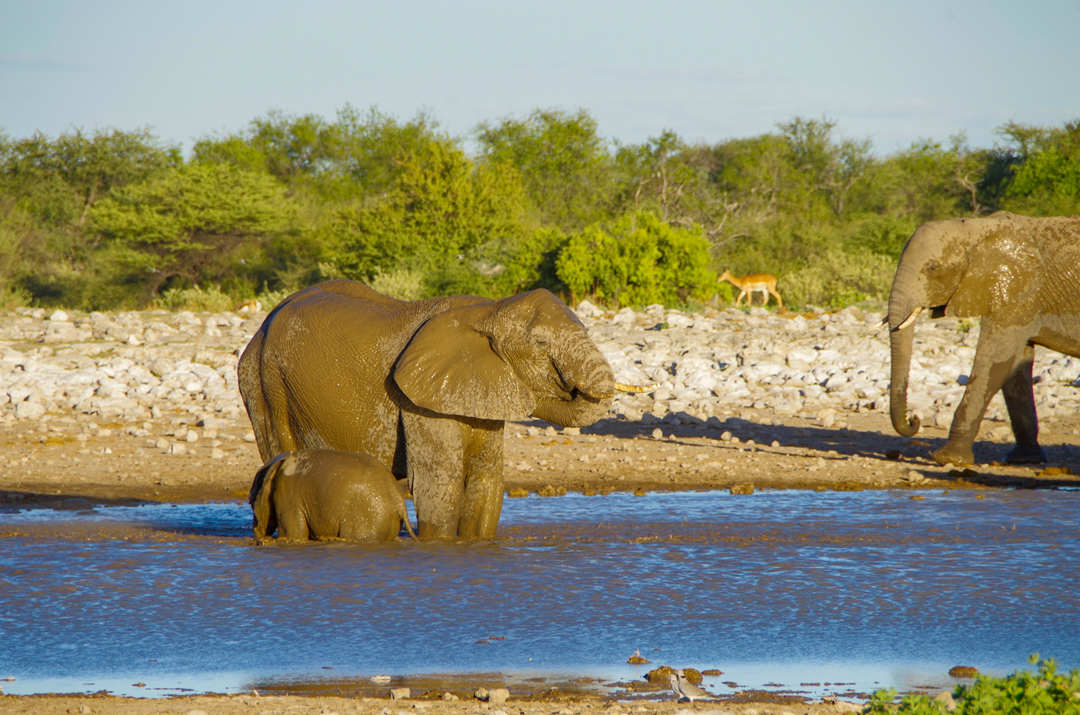
How to Choose the Right Game Count Technique?
The suitability of a game count technique depends on:
- Game Species: For instance, antelopes are easily spotted from the air, but nocturnal or shy animals like klipspringers may need spotlight techniques.
- Terrain & Habitat: Open plains allow aerial counts, while dense vegetation favors road or waterhole counts.
- Seasonality: Waterhole counts work best during the dry season.
- Budget & Resources: Aerial counts may be accurate but costly, whereas road strip counts are economical.
- Purpose: Quick population estimates for casual understanding or precise data for legal valuations.
How Drones Are Revolutionizing Wildlife Game Counting?
Traditional game billing methods have long been a hassle. Foot surveys take weeks and require endless hours on the ground. Helicopter surveys, on the other hand, are not only expensive but also disturb the wildlife. You may be wondering, “Is there a better way?” But that's the point—drones are changing the entire game.
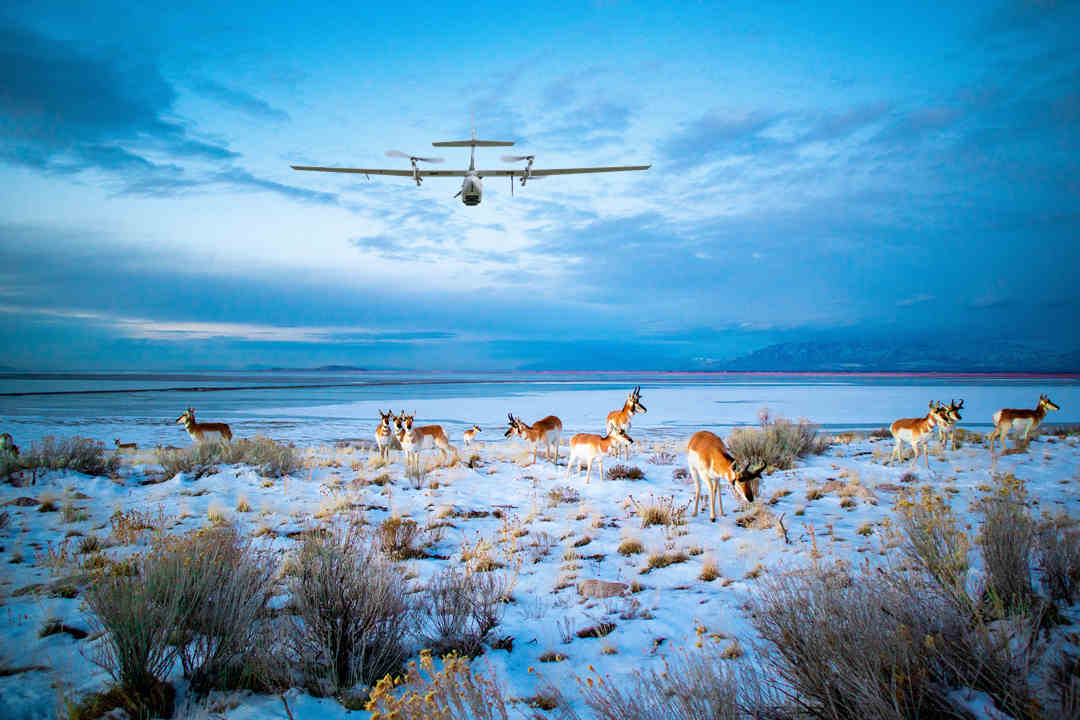
Unmatched Efficiency and Coverage
Drones can cover vast areas quickly. Consider JOUAV’s CW-15 VTOL drone. With a flight time of 180 minutes and a range of 50 kilometers, it can survey more than 3,000 hectares in a single flight (MG-120E gimbal camera, at 300 m flight altitude and 10 cm GSD). Compare that with weeks of on-foot work!
Accuracy Through Advanced Technology
You may be wondering, "Can drones provide accurate data?" Equipped with a 30x zoom 1080p visible camera and a 640×512 thermal imaging camera, the CW-15 captures high-resolution images. With AI and machine learning modules, it can automatically recognize and count different animals with a recognition rate of 96%.
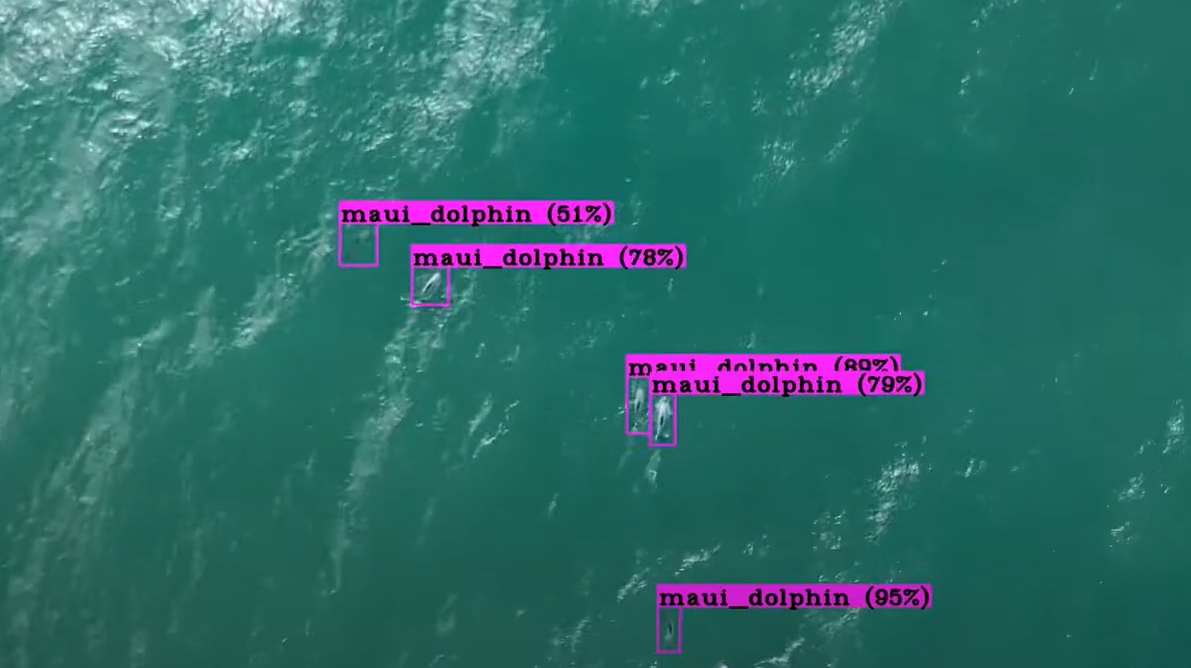
Minimal Disturbance to Wildlife
Traditional methods can disturb wildlife. Thanks to its advanced brushless motor, the CW-15 operates quietly, producing almost no ground noise even at an altitude of 300 meters. This ensures minimal disturbance to animals, allowing for more natural behavior observation.
Cost-Effectiveness
But that's the point—drones offer a cost-effective alternative. The operational cost of the CW-15 is approximately 70% lower compared to traditional helicopter surveys, which can cost around $5,000 per day.
Real-World Application: Marine Conservation in Thailand
To address the difficulty of tracking elusive, widely distributed marine mammals, Thailand's DMCR successfully implemented the JOUAV CW-15II VTOL drone. A proof-of-concept test demonstrated the drone's effectiveness, covering 67km² in nine hours and capturing high-resolution images revealing 50 dugongs, 2 dolphins, and numerous sea turtles.
"The CW-15II is amazing that we can launch and retrieve the drone from small or remote locations like research vessels or rocky coastlines without needing a runway or launch pad. This makes it so much more convenient and versatile for our needs," said Benton, General Manager of DMCR. Read more about this case study.
For a closer look at how drones are transforming wildlife monitoring, check out these two videos:
Factors Affecting Game Count Accuracy
Game counting isn’t just about spotting animals—it’s about when, where, and how you count.
Visibility
You're more likely to spot animals at a distance and accurately count them. However, what happens when fog rolls in?
Suddenly, your visibility is drastically reduced. You might miss animals lurking just beyond the fog's veil, leading to an undercount.
Similarly, heavy rain or snow can obscure your view, making it difficult to distinguish animals from their surroundings.
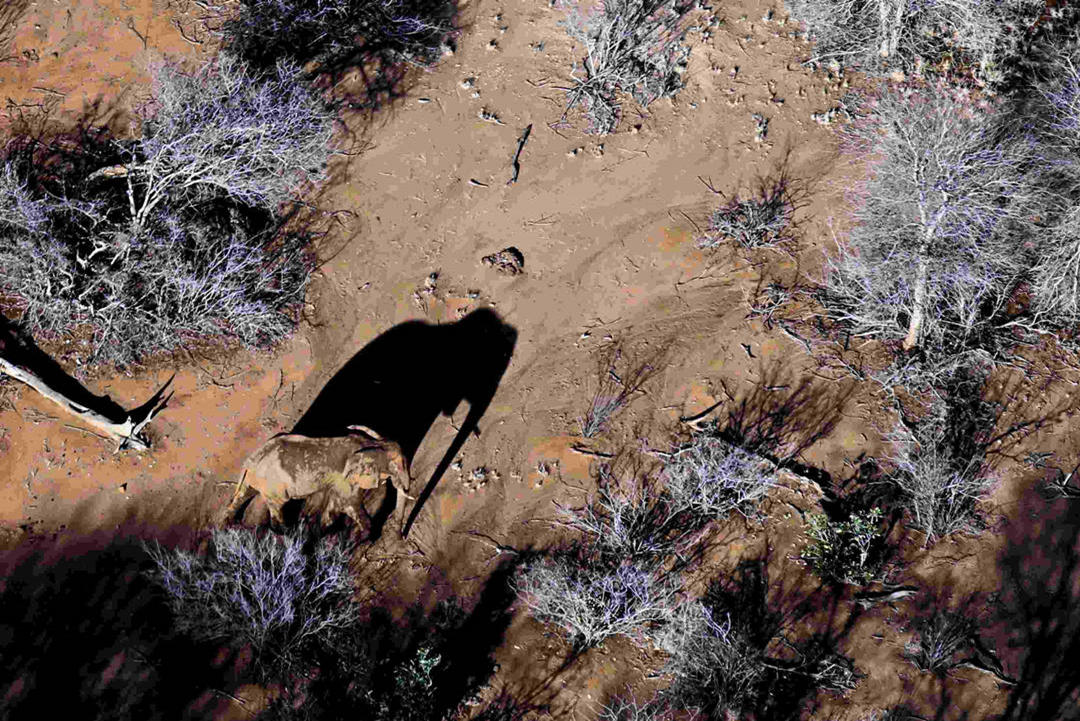
Time of Day
Animal activity patterns often vary throughout the day. For instance, many animals are crepuscular, meaning they're most active during dawn and dusk.
If you conduct your count during midday when these animals are resting in sheltered areas, you're likely to underestimate their numbers.
On the other hand, nocturnal animals like owls or bats are rarely seen during daylight hours, requiring specialized nighttime surveys for accurate counts.
Season
During winter, some animals may hibernate or migrate to warmer areas, affecting their local population numbers.
Breeding seasons can also influence counts, as animals might congregate in specific areas or become more elusive due to nesting or denning activities.
For example, deer might be more visible during the fall mating season when they gather in open fields, but harder to spot during the summer when they seek refuge in dense forests.
Repeatability & Consistency
To ensure reliable data, it's essential to maintain consistency in the methods used for game counts.
This includes factors like the time of day, the route taken, and the observer conducting the count.
If one observer consistently overestimates group sizes while another underestimates, it can introduce significant bias into the overall count.
By using the same methods and observers repeatedly, researchers can minimize these inconsistencies and improve the reliability of their data over time.




